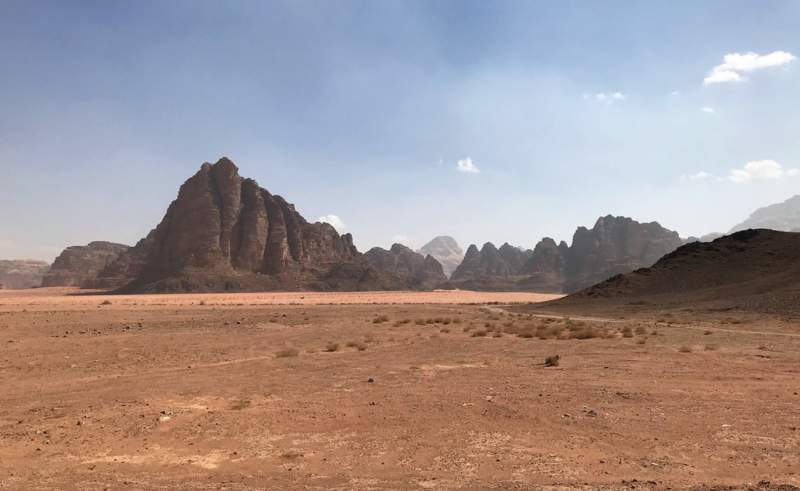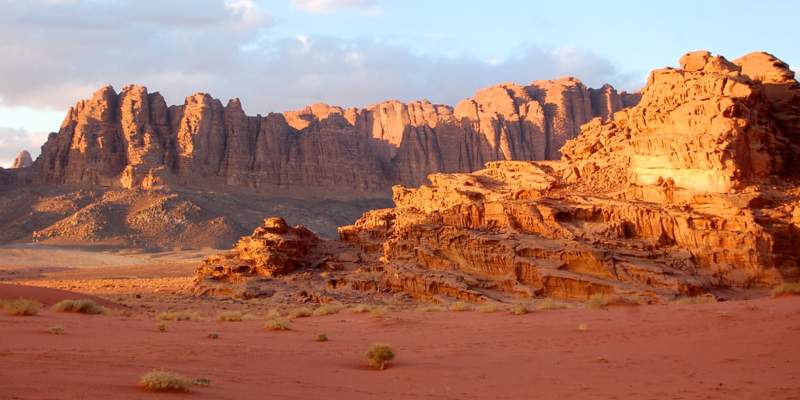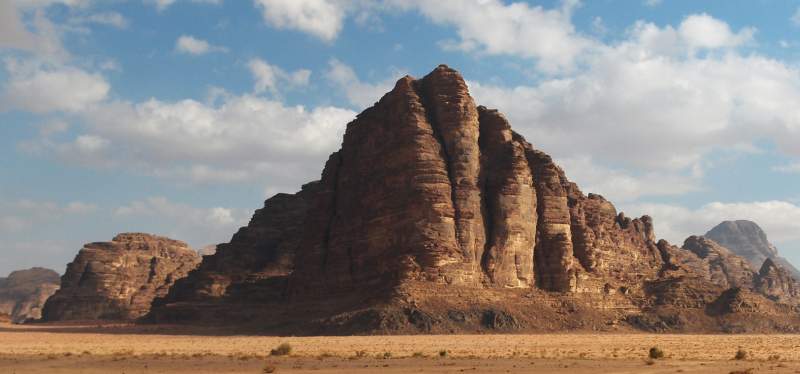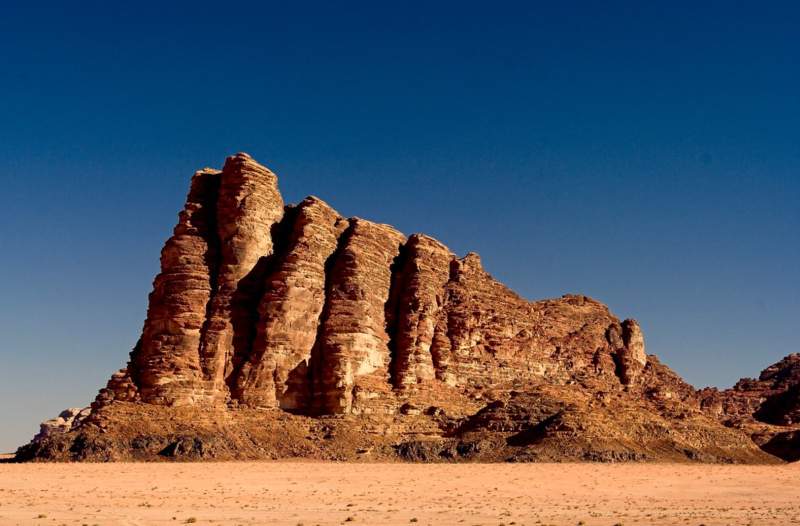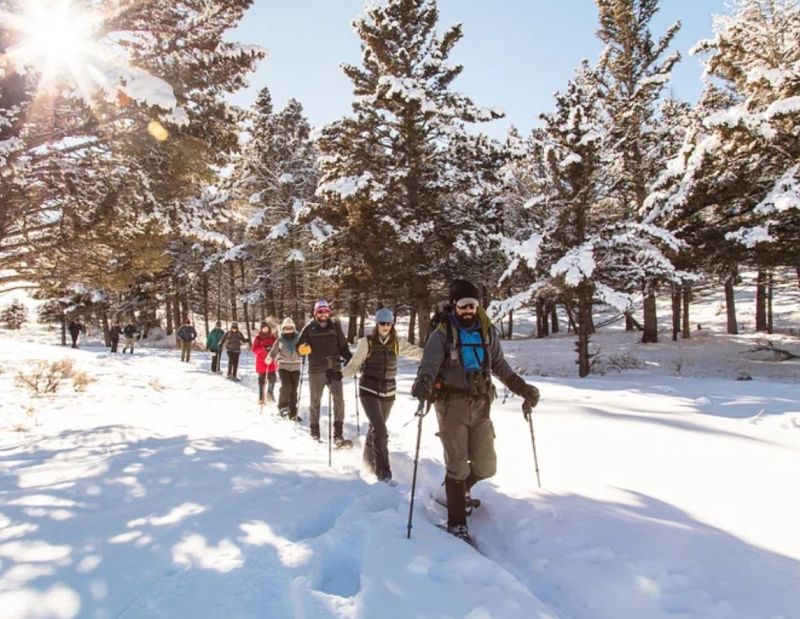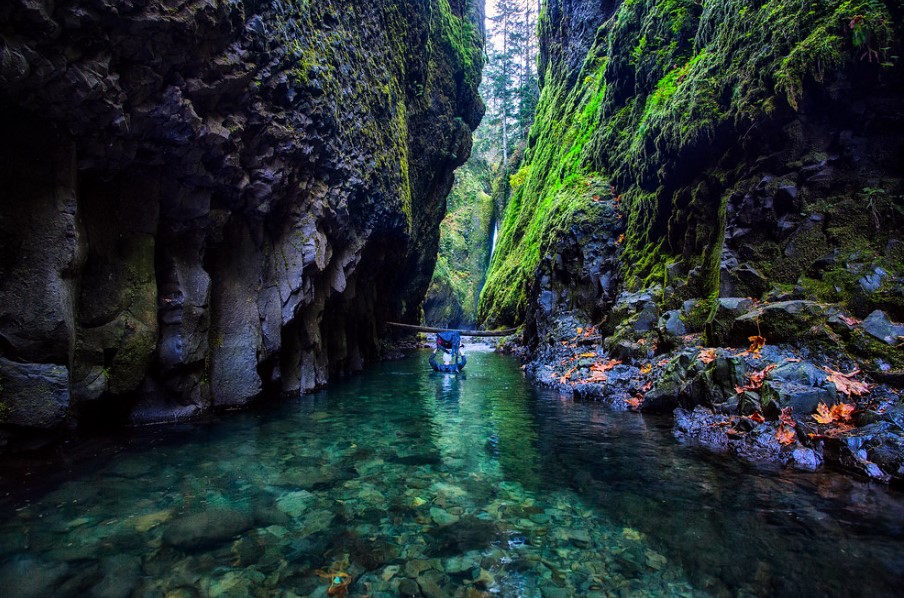The Seven Pillars of Wisdom are a rare rock formation that leans haphazardly against each other. In front of the highest pillar, it gradually rises to a gradual peak. Near the visitor center, from a distance, you can get the best view of the formation. Its original Arabic name is Jebel al-Mazmar, which means “The Mountain of the Plague.”
This name was derived from the clear, rounded shapes of the side by side pillars. This mountain appears to be many things because of its shape. An ocean of sand, a procession of figures, a bulwark for a great ship, a collection of lopsided pillars It is named after the famous book by T. E. Lawrence, “Seven Pillars of Wisdom” (1926).
TE Lawrence wrote in his book:
“It does not pretend to be impartial. I was fighting for my hand, upon my own midden. Please take it as a personal narrative piece out of memory. I could not make proper notes: indeed, it would have been a breach of my duty to the Arabs if I had picked such flowers while they fought”.
However, two of these pillars are visible around the sides, though only five are visible from the front. In Wadi Rum, two geological formations dominate: a granitoid basement of Precambrian age (approximately 4.6 billion years old) and a thick Early Paleozoic quartz sandstone formation.
Moreover, as a great hiking spot in the area, there are stark contrasts on this trail: on one side, flat sands spread out for miles in the summer, like a dry, yellow desert of the imagination. The grasses and bushes are scattered throughout the area in winter and spring, providing animals with grazing grounds. Don’t forget to keep an eye out for wandering camels! Sandstone and granite form a sheer wall on the other side of the mountain.
There are plenty of interesting aspects to this walk, including a dry riverbed through a wadi, a massive sand dune, and an open desert in Wadi Rum, which makes it one of the favorite hikes in Jordan. Taking a stroll along the rock’s base is easy and convenient. Take a moment to appreciate the enormity of the pillars as you approach the foot of this majestic mountain. These natural formations are precious treasures, as massive as skyscrapers in big cities. These ruins have withstood both human and environmental turmoil for thousands of years.
Read More: The Wild Alicudi Island of Sicilian Isles
